Epilogue
Now that I have evaluated the complete SilverStone Triton Rz line, I have the whole picture. The Triton 1000Rz utilizes a lower-cost CWT platform (GPX), whereas the rest of the line’s members use a platform provided by Andyson. Unfortunately, none of the line members managed to impress me with their performance. Although they all survived my strict tests and met the tough ATX v3.1 and PCIe 5.1 transient response requirements, the overall performance is far from competitive. Like the 850W and 750W models, the 650W unit has good load regulation at 12V, a good transient response, and effective ripple suppression on the minor rails.
On the other hand, its inrush currents are sky-high because of the low resistance NTC thermistor, which SilverStone will change after my remarks in the final production units. Lastly, one common disadvantage of all Triton Rz units is the noisy operation, which also affects the 650W model. Given its high enough efficiency and the low max power, I expected it to perform much quieter, but this wasn’t the case. Apparently, Andyson played it safe to keep the platform’s operating temperatures as low as possible. Still, the increased fan speeds affect the fan’s reliability, and since the fan is not of top quality, I expect it to have issues first, long before the capacitors on this platform, which are of high quality.
The other important performance factors that don’t shine in this unit are the minor rails, which have loose load regulation; the hold-up time doesn’t exceed 17ms, still meeting the ATX v3.1 spec’s loose requirements; efficiency at light and super-light loads is low; and the APFC converter offers poor performance.
The protection features, which are among the most important, require tuning: the overcurrent triggering points need to be lowered, especially under high temperatures, and the same applies to the over-power protection’s triggering point under low temperatures, which is set too high. I know that this is a low-capacity PSU, so Andyson had to make sure that it won’t shut down frequently, but setting the protection features too high is not the proper way to achieve that. Moreover, a 600W 12V-2×6 setting in a 650W PSU is insane and doesn’t help its protection features.
In the 1000W model, which utilizes a different platform, I observed a notable voltage drop at 12V during the turn-on transient test, from the PSU being off (through its main switch) to full load. In the 850W and 750W units, there was no voltage drop during the same test. However, the 12V rail’s voltage level doesn’t ramp up smoothly; instead, it takes several steps. In the 650W model, the 12V rail’s behaviour is similar.
- SilverStone Triton 1000Rz ATX v3.1 PSU Review
- SilverStone Triton 850Rz ATX v3.1 PSU Review
- SilverStone Triton 750Rz ATX v3.1 PSU Review
Overall, the SilverStone Triton 650Rz delivers subpar performance, has low efficiency at light loads, and its noisy operation may be bothersome to most users. Although pricing details from SilverStone are unavailable, the product must be competitively priced to appeal to users who can tolerate a loud PSU.
Before investing in a new power supply, read my article on the Best ATX v3.x PSUs to compare all alternative PSU offerings. You help me a lot by using my affiliate links, which don’t increase the price of the product. I receive a commission from Amazon every time you do it, which can make a significant difference for me, especially now that I am working independently, exclusively for my media, rather than for someone else.
- Delivered full power at 46°C
- ATX v3.1 and PCIe CEM 5.1 compliant
- High-quality bulk and filtering capacitors
- Good transient response at 12V
- Within 1% load regulation at 12V
- Excellent ripple suppression on the minor rails
- Alternative Low Power Mode (ALPM) compatible
- 12+4-pin PCIe connector (with an overkill 600W setting though)
- Low overall performance
- OCP and OPP triggering points need adjustments
- Noisy operation
- High inrush currents (in my sample)
- Loose load regulation on the minor rails
- Low efficiency at light and super-light loads
- Low PF readings
- Voltage steps during 12V turn-on transient tests
- Lower than 17ms hold-up time
- No fan failure protection
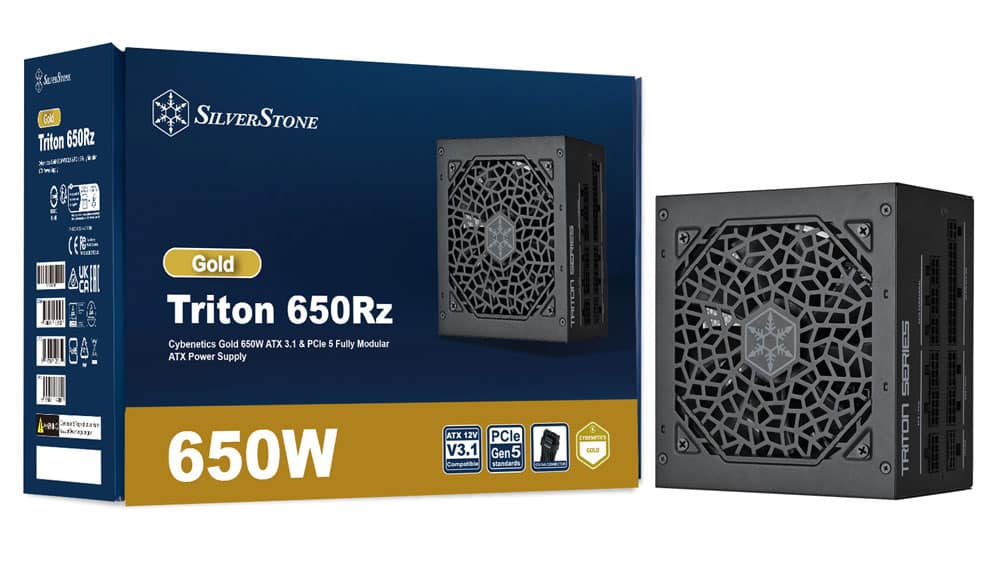
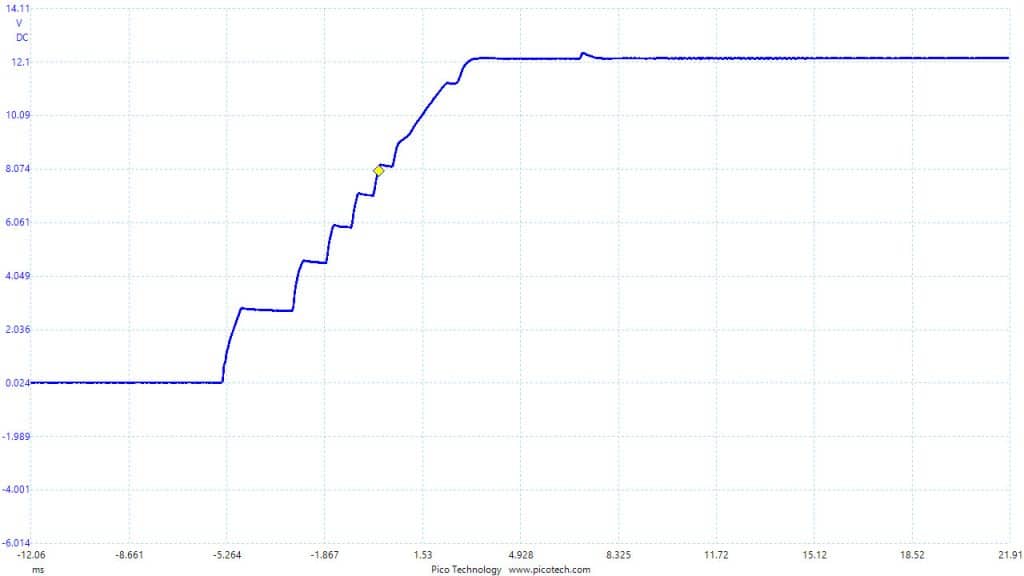
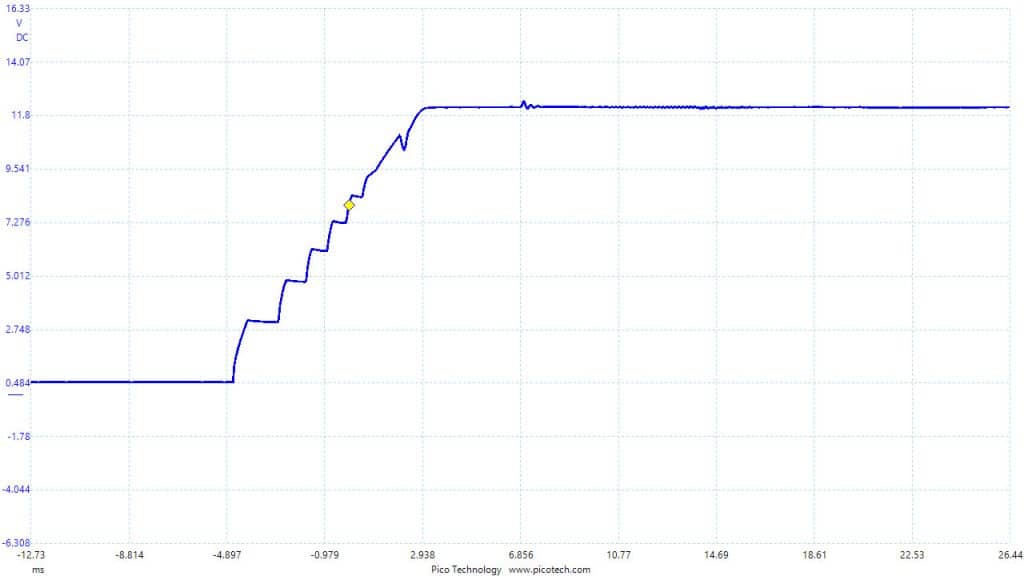
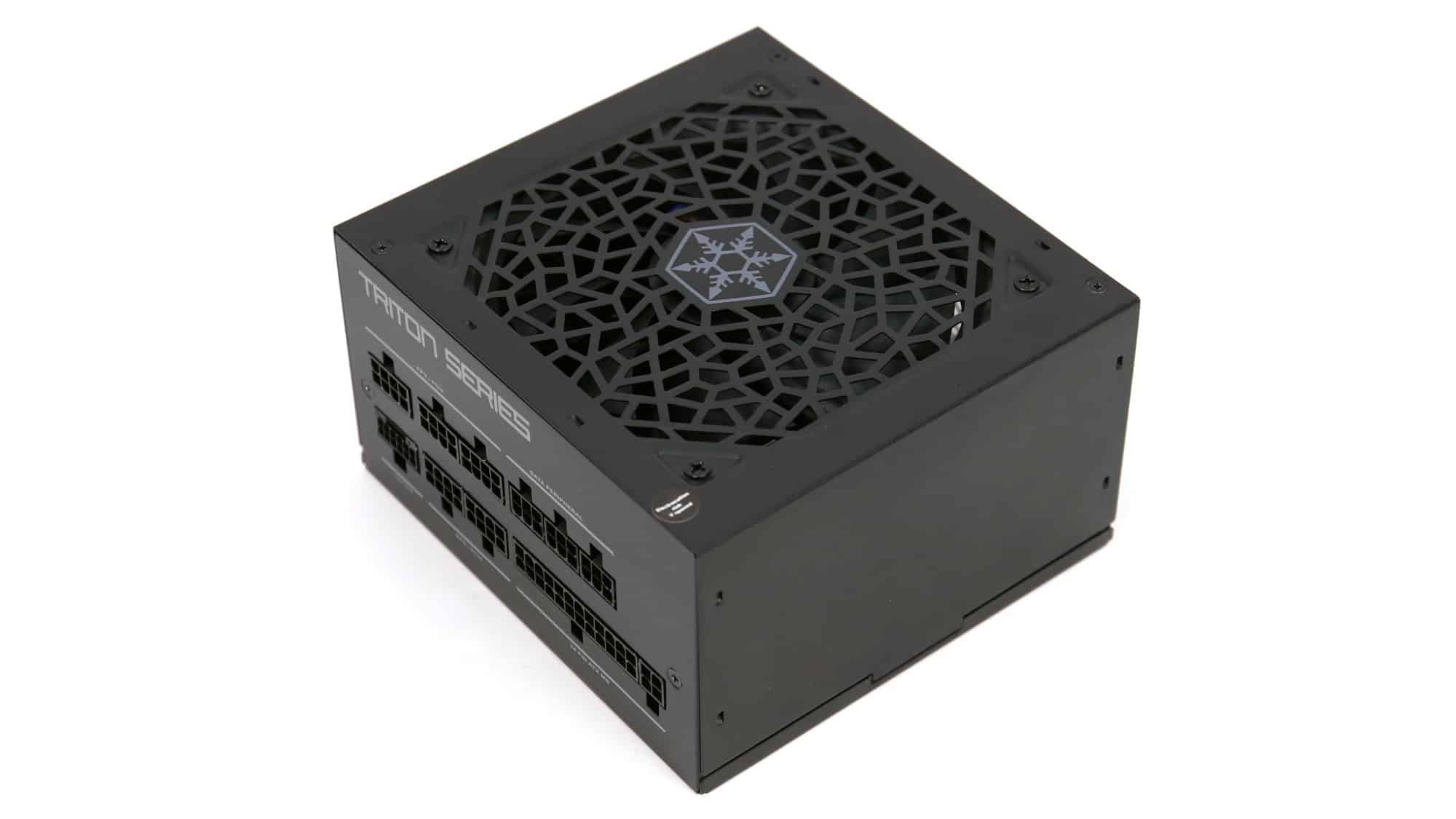
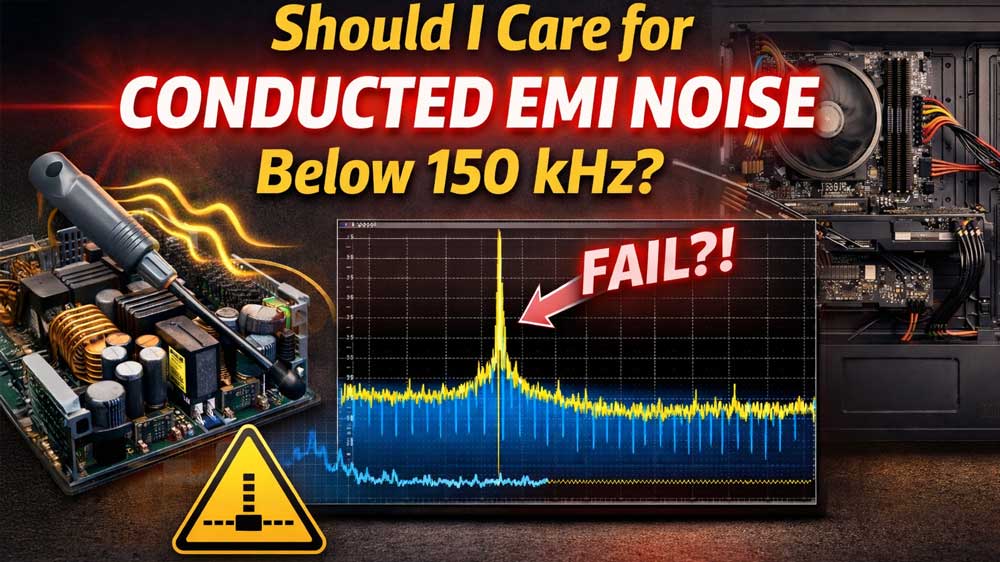
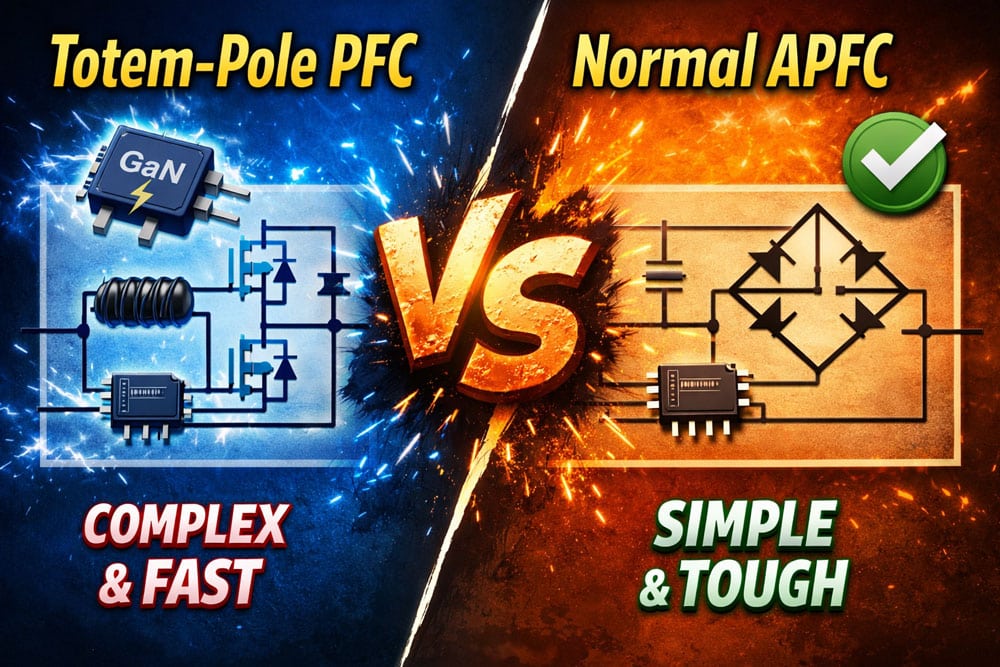
Fan is not of best quality, not ball bearing? Is the 109C temperature sensor reading on transformer?
Temperature the highest on the secondary side.